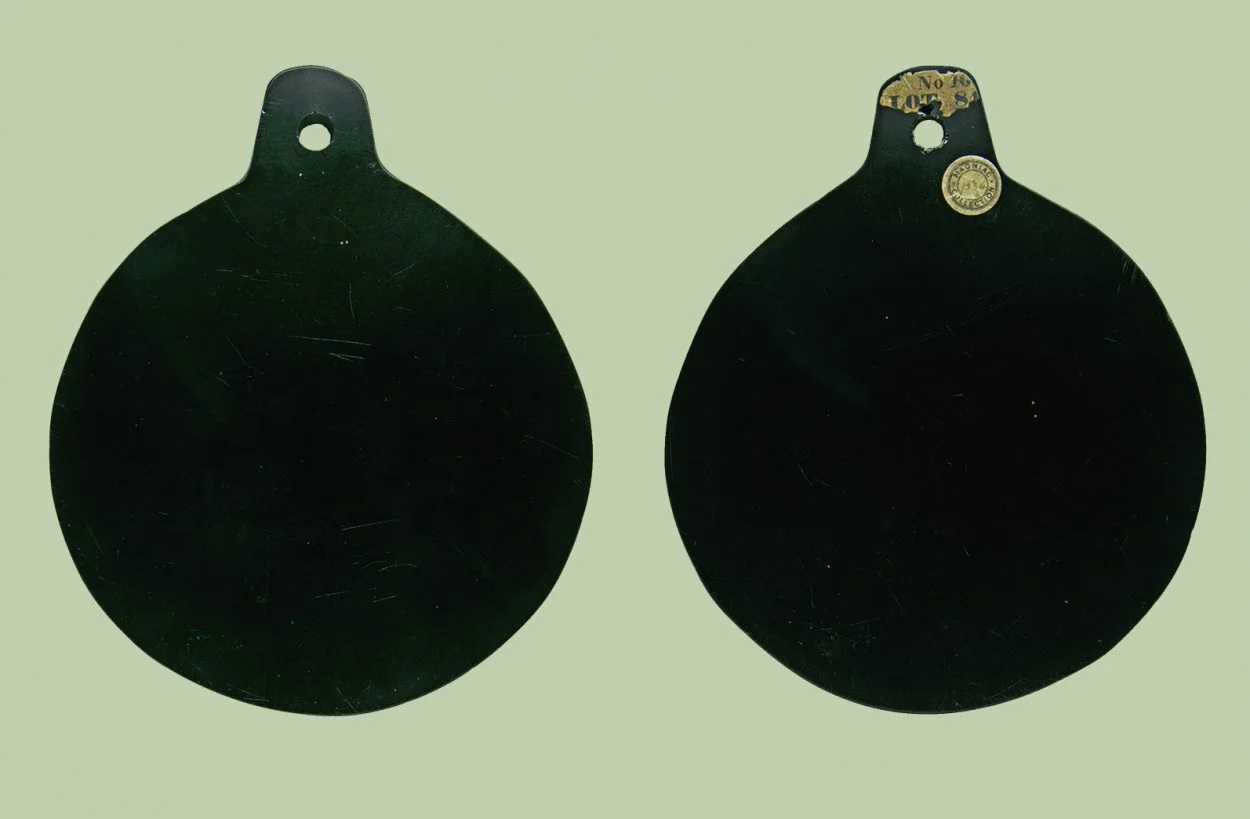Study reveals that an obsidian mirror owned by John Dee during the Elizabethan period has Aztec origins.
John Dee was the court astronomer and advisor to Queen Elizabeth I, who Professor Stuart Campbell, from the University of Manchester describes as “an astronomer, alchemist, and mathematician”. John Dee later became involved in divination and the occult, seeking to talk to angels and otherworldly spirits using mirrors and crystals.
Researchers have long suspected that the obsidian mirror (now displayed in the British Museum) originated from the Aztecs of Mexico, however, no historical records or contemporary accounts was able to prove the provenance.
A study published in the journal Antiquity has now solved the mystery, using a geochemical analysis and X-rays to measure the composition of the mirror. The team studied four objects in the British Museum – John Dee’s mirror, two other Aztec mirrors, and a polished rectangular obsidian slab, where researchers compared the unique ‘fingerprints’ to trace the origins of the material.

This revealed that all the objects were made from Mexican obsidian exploited by the Aztecs, and that John Dee’s mirror originated from near Pachuca in the present-day state of Hidalgo. During the Aztec period, Pachuca was overrun by the Aztec Triple Alliance between AD 1427 and AD 1430, but would later be conquered with the arrival of the Spanish in AD 1528.
To the Aztecs, obsidian had spiritual significance. It could be used as part of medicinal practices, could act as a shield against bad spirits, and capture souls on its reflective surface. One deity, Tezcatlipoca, is even named “smoking mirror” and often depicted wearing circular obsidian mirrors, as symbols of premonition and power.
Such symbolic value may have made them appealing items for Europeans to collect and bring home as they conquered the Aztecs. The fact that mirrors were also often viewed as magical artefacts in Europe may have served as additional motivation.
These Aztec mirrors were novel and exotic items that found a place in many early collections. Stories about the meaning of the mirrors may have travelled with them, and may have been what motivated John Dee to acquire his mirror when he encountered it in Europe. Find out more
Header Image – John Dee – Image Credit : Antiquity







